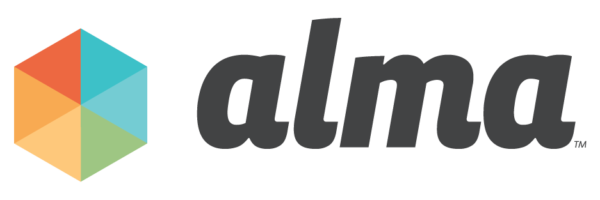Grab your poodle skirts and bell-bottoms, everyone—it’s time for a journey through the time capsule of education technology! From chalkboards to Chromebooks, let’s dive into how technology has revolutionized the teaching profession over the last 75 years. Buckle up; it’s been an interesting trip.
1950s: The Chalkboard Era
Rock ‘n’ roll was king, and the height of classroom technology was the almighty chalkboard. Teachers armed with dusty erasers and sticks of chalk had to master the art of perfect penmanship. Students eagerly awaited the thrilling “clap the erasers” job, often resulting in clouds of chalk dust and sneezing fits. Interactive learning meant raising your hand or dodging a piece of chalk aimed at your head.
1960s: Overhead Projectors and Filmstrips
Overhead projectors were the epitome of modern tech. Teachers battled with transparency sheets and markers, while students squinted at the screen hoping to decipher the barely legible notes. Filmstrip projectors brought visual aids to life, with the infamous “beep” signaling the time to advance the frame. Of course, the real excitement came from the occasional film jam or upside-down slide.
1970s: The Age of Mimeographs
The ’70s introduced the mimeograph machine, affectionately known as “the ditto machine.” Teachers cranked out handouts with purple ink that smelled oddly intoxicating. Students eagerly sniffed their freshly printed worksheets, perhaps explaining the dazed looks in class. Mistakes were permanent, and revisions meant starting from scratch, providing teachers with a daily arm workout.
1980s: The Computer Revolution Begins
Welcome to the era of big hair and bigger computers! The ’80s brought the first wave of personal computers into the classroom. Remember the Apple IIe? Teachers became tech pioneers, learning BASIC programming to create digital magic. Floppy disks ruled the day, often leading to frantic searches for misplaced files. Students marveled at pixelated graphics and the magic of Oregon Trail, praying their virtual pioneers wouldn’t succumb to dysentery.
1990s: The Internet Boom
Cue the dial-up tones—it’s the ’90s, and the internet is here to stay! Classrooms were suddenly connected to the World Wide Web, opening up a treasure trove of information (and the distraction of chat rooms). Teachers embraced email and PowerPoint presentations, ditching the chalkboard for digital slides. Clunky projectors still made an appearance, often refusing to cooperate just as the bell rang.
2000s: The Smartboard Invasion
The new millennium ushered in the age of Smartboards, and teachers rejoiced at the end of chalk dust. These interactive whiteboards transformed lessons into dynamic, touch-sensitive experiences. Of course, there was a learning curve—cue the moments of accidental marker use on the Smartboard surface. Classrooms became tech havens, with teachers navigating digital gradebooks and students mastering the art of internet research (read: Wikipedia).
2010s: The Tablet Takeover
The 2010s saw the rise of tablets and one-to-one device programs. Classrooms became paperless, and students carried their digital textbooks in sleek tablets. Teachers integrated apps and online platforms, flipping classrooms and creating blended learning environments. Google Classroom and other LMS tools became indispensable, streamlining assignments and communication. Of course, there were the inevitable tech hiccups, from Wi-Fi woes to the classic “forgot my password” dilemma.
Today: The Future is Now
And here we are, in the roaring ’20s (2020s, that is). Technology has become an integral part of education, and Alma is leading the charge into this brave new world. With Alma’s comprehensive SIS platform and LMS tools, teachers are now tech-savvy superheroes, effortlessly switching between in-person and remote instruction. Alma’s seamless integrations with Google Classroom, Microsoft Teams, Canvas, and Schoology, etc., make managing assignments and grades a breeze.
With tools like Alma, educators can now focus on what they do best—teaching—while Alma handles the heavy lifting of data management and communication. Alma ensures that learning is more engaging, efficient, and tailored to each student’s needs.
The Road Ahead
As we look to the future, it’s clear that educational technology will continue to evolve, shaping classrooms in ways we can only imagine. And Alma is ALWAYS imagining, and innovating ahead of the curve. From predictive analytics providing real-time insights into student performance or AI tutors offering personalized support to each learner – with Alma at the forefront, the possibilities are endless.
So here’s to 75 years of tech evolution in education! Whether you’re a veteran teacher who remembers the smell of mimeograph ink or a newbie navigating the latest digital tools, one thing is clear: the future of education is bright, connected, and full of potential.


